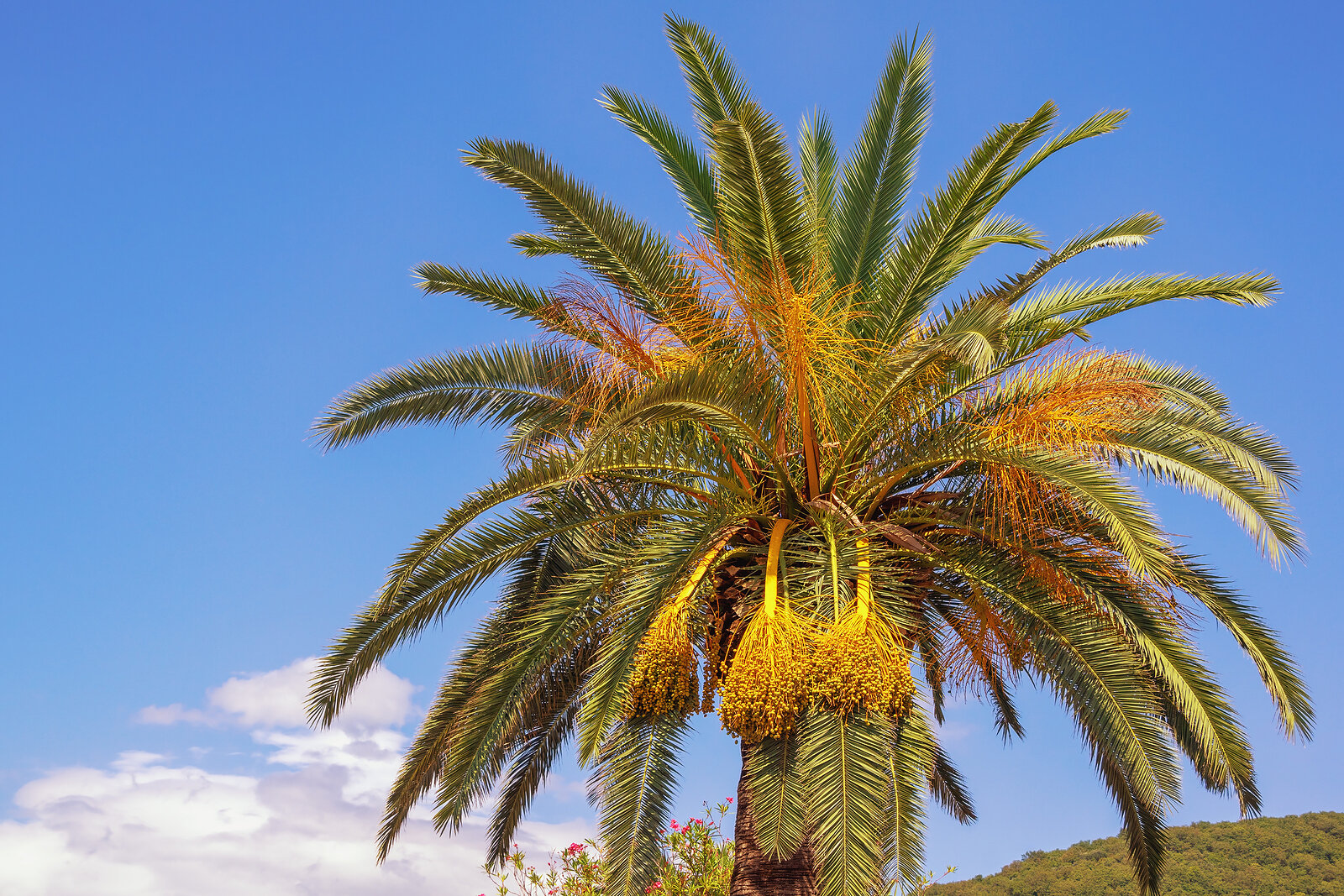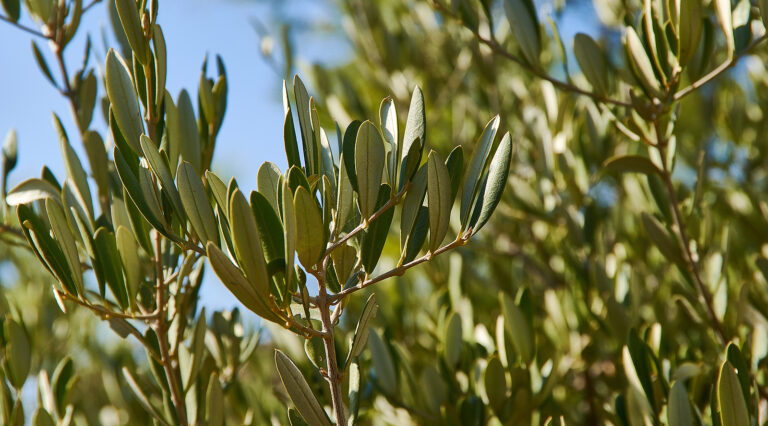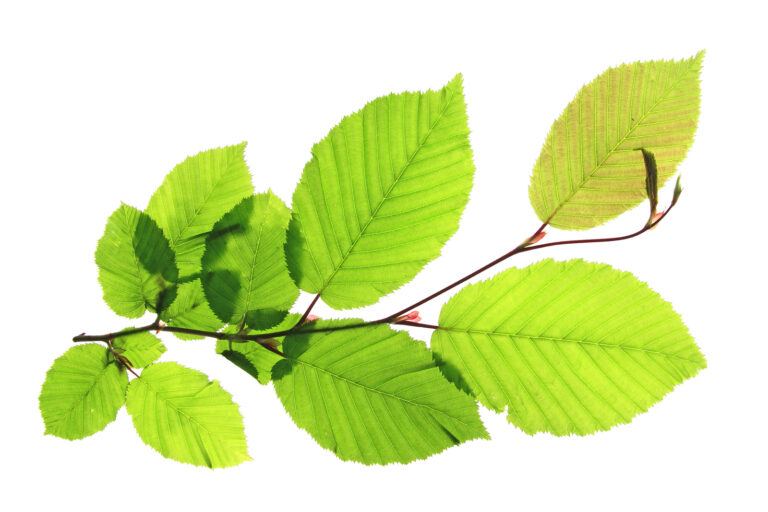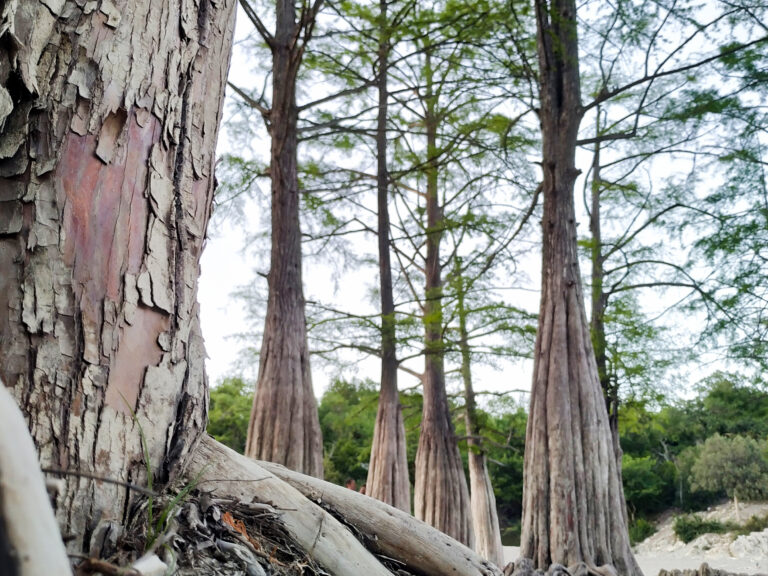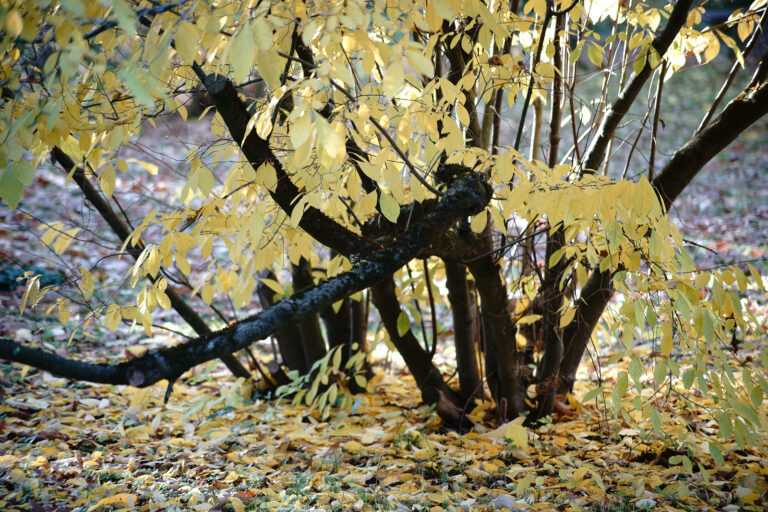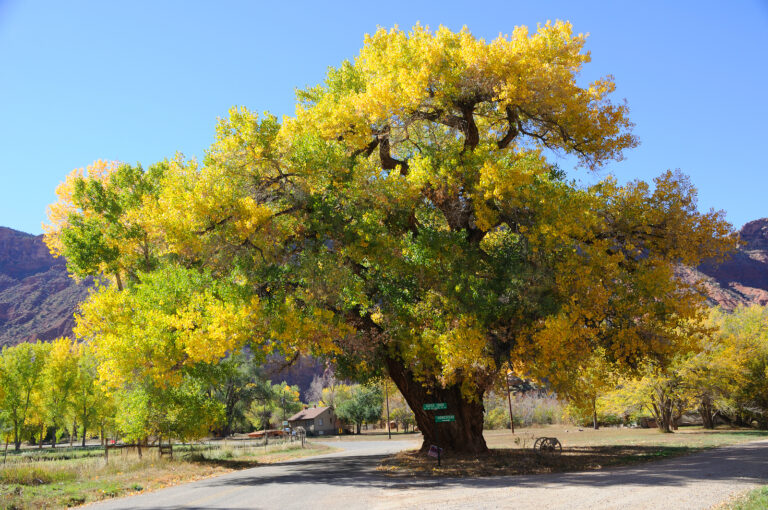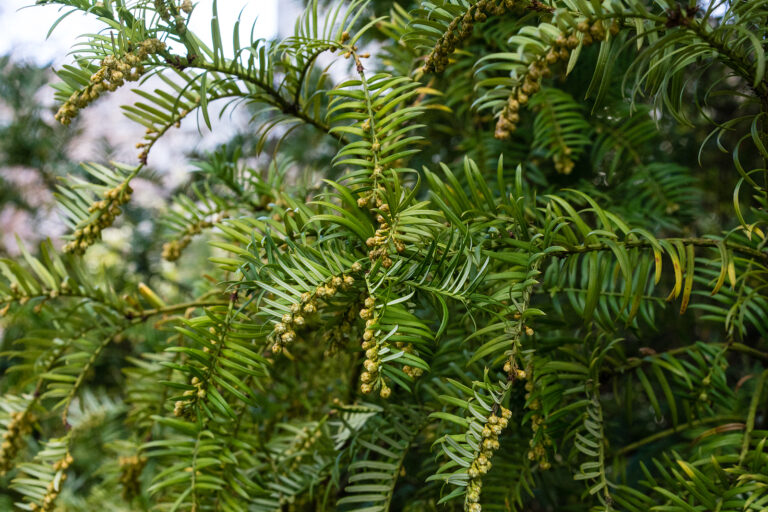How to Grow Date Palm — Phoenix
Phoenix–commonly called date palm–is a genus of subtropical palms; some grow to 100 feet (30m) tall others grow to just 8 feet tall and can be grown indoors as house plants. All have feathery leaves and trunks patterned with the bases of old leafstalks.
Female trees bear cream to yellow-colored blossoms followed by clusters of dates. The fruit does not always mature and some varieties bear fruit that is not edible–but edible dates are fleshy and sweet.
Some Phoenix species are single-trunked, some are cluster-stemmed. Where not hardy, Phoenix can be grown indoors or in a warm greenhouse. In warm, subtropical regions, Phoenix can be used as a specimen plant on a lawn or as a street tree.
Phoenix is a genus of 17 species native to tropical and subtropical thickets in the Canary Islands, Africa, western and southern Asia to the Phillippines.
Get to know Phoenix
- Plant type: Palm
- Growing zones and range: Zones 9-11
- Hardiness: Can survive light frost
- Height and width: Size varies with species; see varieties and sizes listed below
- Foliage: Linear pinnate leaves borne in dense terminal clusters
- Flowers: Bow-shaped, 3-petaled, cream to yellow flowrs produced in panicles.
- Bloom time: Summer
- Fruit: Female blossoms are followed by clusters of yellow, orange, red, brown, or black dates.
- Uses: Specimen plant, avenue tree
- Common name: Date palm
- Botanical name: Phoenix
- Family name: Arecaceae
- Origin: Carnary Islands, Africa

Where to plant Phoenix
- Plant Phoenix outdoors in full sun.
- Outdoors grow Phoenix in fertile, moist, bu well-drained soil.
- Indoors, grow Phoenix in an all-purpose potting soil mix.
- Indoors Phoenix can be grown in bright light or under fluorescent light. It needs medium humidity, a warm temperature by day and a slightly cooler temperature at night.
When to plant Phoenix
- Set container-grown Phoenix outdoors in sprin or autumn.
Planting and Spacing Phoenix
- Space Phoneix from 20 to 40 feet (6-12m) apart depending on the vareity; see varieties listed below.
How to water and feed Phoenix
- Water to moisten the soil. The soil should be kept relatively dry.
- Feed Phoenix with an all-purpose liquid fertilizer regularly during spring and summer.
- Fertilize
Phoenix care
- Phoenix is a slow grower indoors and will need repotting only once every three years or when roots appear along the surface of the soil.
How to grow Phoenix as a houseplant
- Phoenix roebelenii, miniature date palm, is often grown as a houseplant.
- Phoenix roebelenii can be grown in bright light or under fluorescent light.
- Phoenix needs medium humidity, a warm temperature by day and a slightly cooler temperature at night.
- The soil should be kept relatively dry.
- Fertilizer should be applied regularly during spring and summer.
Phoenix pests and diseases
- Phoenix is vulnerable to attack by mealybugs, scale insects and spider mites.
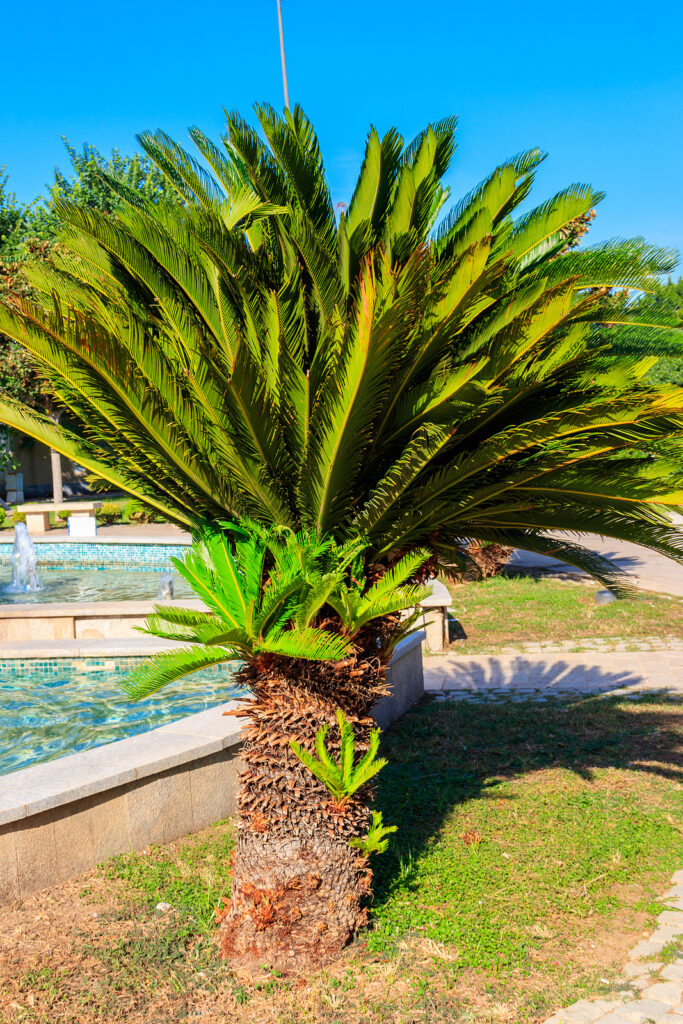
Phoenix propagation
- Phoenix is propagated from seed under special greenhouse conditions; home propagation from seed is not recommended.
- Occasionally, offsets arise from the base of Phoenix palms grown indoors; these offsets can be used for propagation.
Phoenix varieties to grow
- Phoenix canariensis, Canary Island date palm. Grows to 50 feet (15m) tall and 40 feet (12m) wide; thick columnar trunk marked with oblong leaf scars; broad arching leaves comprised of mid to deep green leaflets 12 to 20 feet (4-6m) long; yellow flowers are borne in pendent panicles; bears edible, sweet dates.
- P. dactylifera, date palm. Grow to 100 feet (30m) tall and 20 to 40 feet (6-12m) wide; columnar trunk; leaves 12 to 20 feet (4-6m) long composted of many grayish-green leaflets; cream flowers, edible, sweet, fleshy brown furit.
- P. loureirii. Small paln grows 6 to 12 feet (2-5m) tall and about as wide; linear, glaucour, bright mid-green leaflets clustered along the midribs; cream flowers in panicles followed by dry-fleshed, red to black fruit.
- P. reclinata, Senegal date palm. Small, clustering palm grows to 30 feet (10m) tall and wide with slender stem; 8 foot (2.5m) long leaves compsed of many leaflests; cream flowers in panicles followed by edible but dry orange-red to black fruit.
- P. roebelenii, pygmy date palm. Grows to 6 feet (2m) tall and 8 feet (2.5m) wide; sometimes clustering stems; leaves 3 feet long are briht green; cream flowers are followed by edible black fruit.
- P. sylvestris, silver dare palm. Grows to 30 feet tall; single trunk tapering from wide base to narrow top; thick crown of gray-green leaves.

